Parque Nakseongdae del Monte Gwanaksan (관악산 낙성대공원)
14.2Km 2021-07-16
Nakseongdae-ro 77, Gwanak-gu, Seúl.
+82-2-879-6525
El Parque Nakseongdae fue construido como tributo al General Kang Gamchan (948-1031) de la dinastía Goryeo. En 1973, el Gobierno Metropolitano de Seúl reogranizó el lugar de nacimiento del general, que dio como resultado algunas modificaciones en el parque. Además de la contrucción del santuario Anguksa y edificios anexos en el parque, la pagoda de tres plantas fue movida al lado del santuario, y un monumento de 2 metros fue erigido en su localización original para marcar el significado histórico del lugar.
Blue Square (블루스퀘어)
14.2Km 2021-03-25
Itaewon-ro 294, Yongsan-gu, Seúl
Blue Square es un complejo cultural construido por Interpark Group para dar apoyo a las artes escénicas. Abrió en noviembre de 2011, convirtiéndose en la mayor sala de actuaciones de arte de Corea. Tiene un teatro con 1.726 butacas, una sala de conciertos con 1.400 butacas y espacio de pie para 3,000 personas, y dos grandes teatros.
Parque Jangchungdan (장충단공원)
14.2Km 2021-07-02
Dongho-ro 261, Jung-gu, Seúl
En noviembre de 1900, el emperador Gojong levanta un pequeño santuario (en el actual territorio donde se encuentra el Hotel Shilla) en memoria de los soldados que lucharon por la protección de la emperatriz Myeongseong (la emperatriz luego muere a manos de mercenarios japoneses). Durante la Guerra de Corea (1950-1953), el lugar fue destruido y solo pudo salvarse una lápida, que fue llevada hasta el parque en 1969.
Museo Chunghyeon (충현박물관)
14.3Km 2021-07-14
Ori-ro 347-beongil 5-6, Gwangmyeong-si, Gyeonggi-do.
Es un museo que se dedica a preservar el legado de la cultura relacionada con los académicos confucianos de la dinastía Joseon. El establecimiento del museo pertenece a la casa del maestro Lee Won-ik, una figura clave de la cultura de los eruditos, quien también ejerció un alto cargo del gobierno durante la época Joseon. El museo expone una variedad de reliquias y patrimonios vinculadas a los académicos confucianos.
Daehangno (대학로)
14.3Km 2021-04-09
Daehak-ro 104, Jongno-gu, Seúl.
+82-2-2148-1114
La zona de Daehangno, también escrita como Daehak-ro y Daehakro, es conocida como la calle de la juventud universitaria, ya que allí se ubicaba originalmente la Universidad Nacional de Seúl. Desde los años 80, muchos teatros comenzaron a trasladarse a Daehangno, y este lugar comenzó a desarrollarse como un centro cultural. Pronto se abrieron también cafés con música en vivo, salas de cine, cafés comunes y pubs, y la zona creció para convertirse en todo un distrito de entretenimiento. Su popularidad se mantiene aún por los famosos teatros pequeños tales como el Teatro Parangsae (Pájaro Azul) y Teatro Hakjeong, y unos 30 teatros adicionales, que contribuyen a que Daehangno continúe siendo un espacio neurálgico del arte en Corea.
En el centro de Daehangno está el Parque Marronnier, donde se realizan conciertos musicales en vivo o funciones de danza, interpretados por gente joven. Otra razón por la que se ha vuelto tan popular entre los jóvenes es la variedad de sitios interesantes y restaurantes que se pueden hallar aquí, facilitando lugares para reunirse antes o después de las obras teatrales o conciertos.
Museo de Arte de la Universidad Nacional de Seúl (MoA 서울대학교미술관)
14.3Km 2021-02-26
Gwanak-ro 1, Gwanak-gu, Seúl.
+82-2-880-9504
El Museo de Arte de la Universidad Nacional de Seúl (MoA) se estableció como una institución independiente en 1995 después de varios años en desarrollo con el Departamento de Arte Moderno de la Universidad Nacional de Seúl. Es el primer museo de arte universitario en Corea dedicado exclusivamente al arte moderno y contemporáneo. Diseñado por el reconocido arquitecto Rem Koolhass, el museo fue construido y donado por Samsung Group.
Se ha convertido en un complejo cultural equipado con salas de exhibiciones, auditorios, clases y otras instalaciones educativas. El museo se centra en programas educativos que están abiertos no solo a estudiantes universitarios y profesores, sino también a la comunidad local. Además de las obras modernas y contemporáneas, el museo exhibe varias formas de arte y cultura como arquitectura, música, literatura, películas y teatro.
Biblioteca Gyujanggak de la Universidad Nacional de Seúl (서울대학교 규장각)
14.3Km 2022-08-03
Gwanak-ro 1, Gwanak-gu, Seúl
Originalmente, Gyujanggak era la biblioteca de la familia real establecida por el rey Jeongjo en 1776. La Universidad Nacional de Seúl tomó el nombre para conservar los valiosos manuscritos elaborados por los eruditos de la dinastía Joseon y continuar con los estudios sobre Corea y el mundo.
Centro de Arte ARKO (아르코미술관)
14.3Km 2025-09-15
Dongsung-gil 3, Jongno-gu, Seúl.
Parque Marronnier (마로니에공원)
14.3Km 2021-07-07
Daehak-ro 104, Jongno-gu, Seúl.
El parque Marronnier tiene en su centro un árbol “marronnier” (castaño de Indias –Aesculus-) simbólico, y en el área se congregan toda clase de centros de eventos culturales al aire libre, exhibiciones de escultura y centros de arte. El área comenzó a desarrollarse en 1975, cuando la Universidad Nacional de Seúl fue trasladada aquí, y unos 50 teatros pequeños y 500 cafés concentrados en el área hicieron a este lugar un sitio de reunión y relajación enormemente querido por los jóvenes y ancianos por igual. El parque se vuelve especialmente concurrido los fines de semana, cuando las multitudes se congregan para compartir los eventos culturales. Las bandas y los cantantes, así como los grupos de baile y los comediantes se reúnen y dan actuaciones in situ. Los adivinos y los artistas callejeros también se hallan aquí y le dicen su fortuna o le dibujan retratos. El parque tiene muchos árboles y bancos para sentarse y relajarse, convirtiéndolo en el lugar ideal para la relajación y los paseos pausados. El parque Marronnier es una parte de Daehangno, la famosa calle conocida como la “meca de las obras”. Además de las obras, aquí hay muchas actuaciones culturales y restaurantes interesantes y cafés que hacen de este lugar el destino habitual de reunión favorito de muchos jóvenes.
Parque de la Ciencia de Seúl (서울특별시교육청 과학전시관)
14.3Km 2024-12-05
Nakseongdae-ro 101, Gwanak-gu, Seúl.
El Parque de la Ciencia abrió en julio de 2004 como centro educativo científico e instalaciones de práctica para estudiantes y profesores, así como también como lugar de cultura para los ciudadanos de Seúl.
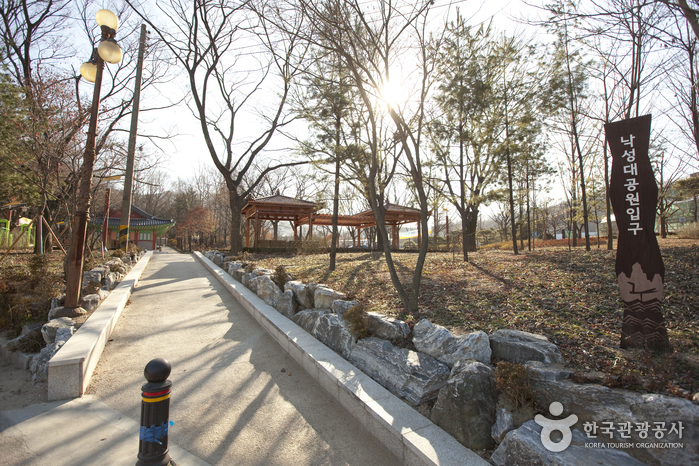
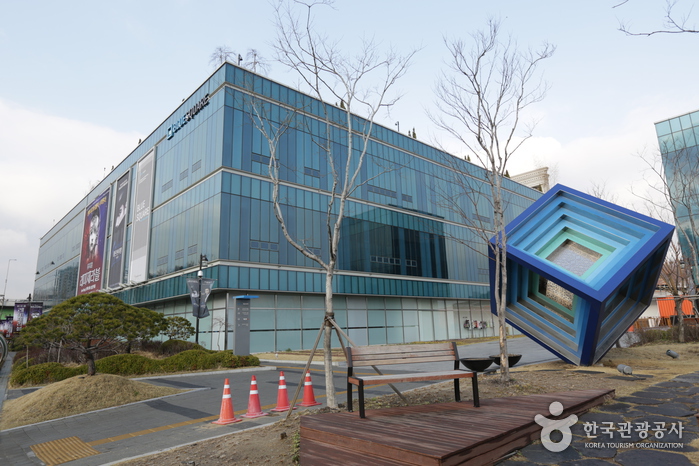

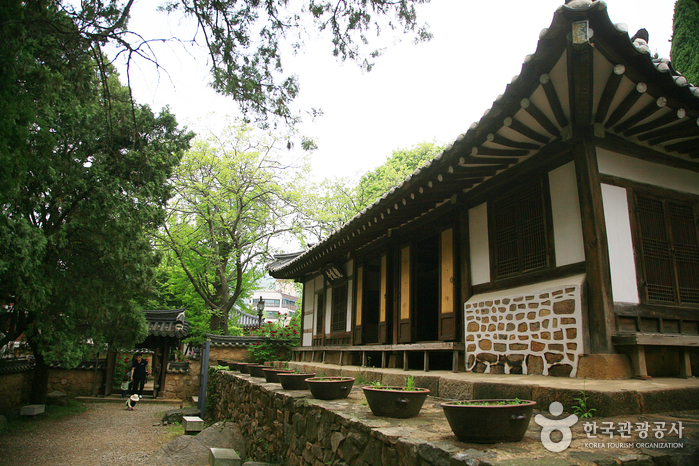
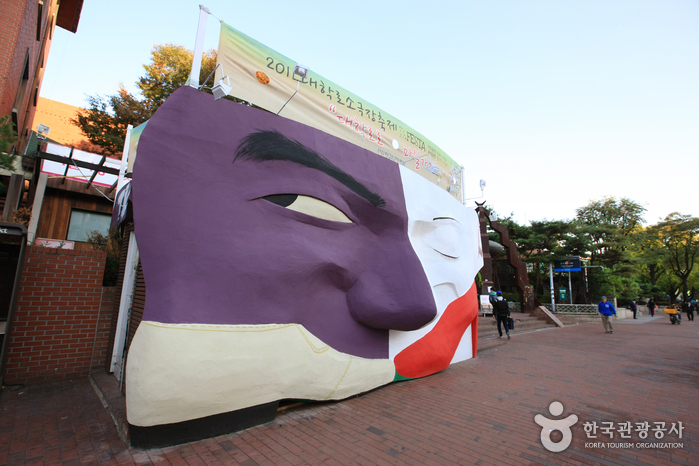
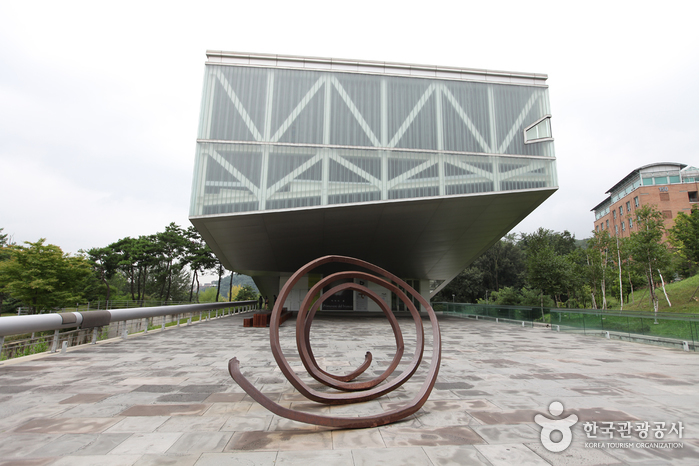
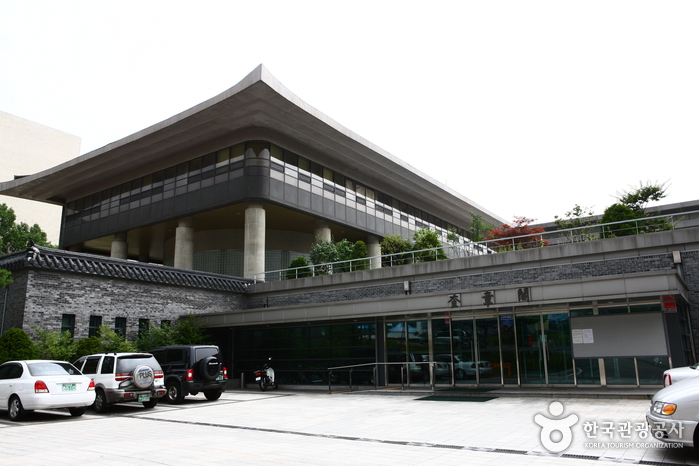
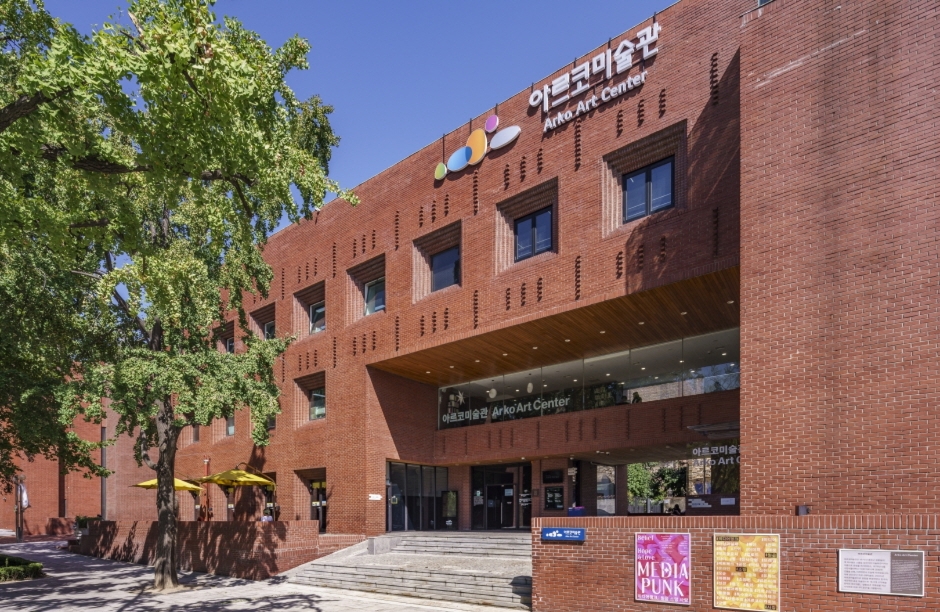
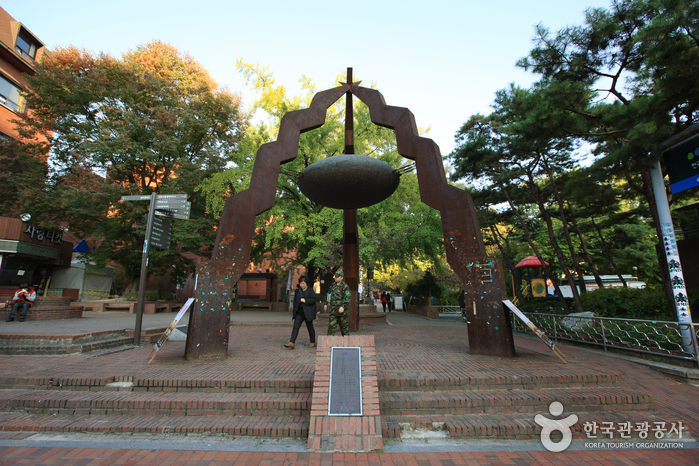

 Español
Español
 한국어
한국어 English
English 日本語
日本語 中文(简体)
中文(简体) Deutsch
Deutsch Français
Français Русский
Русский